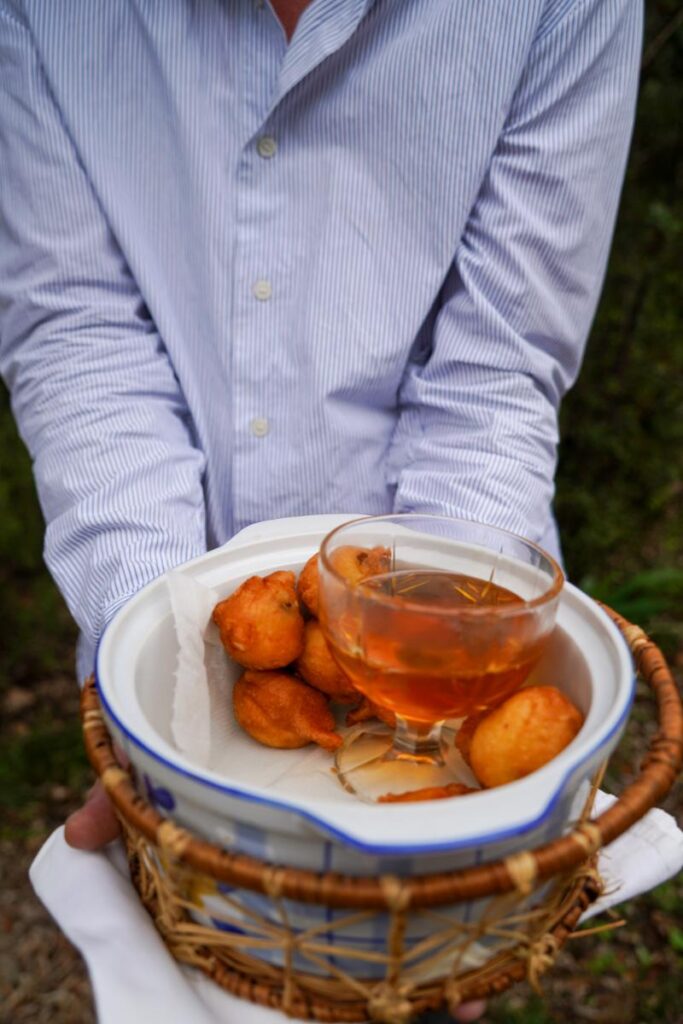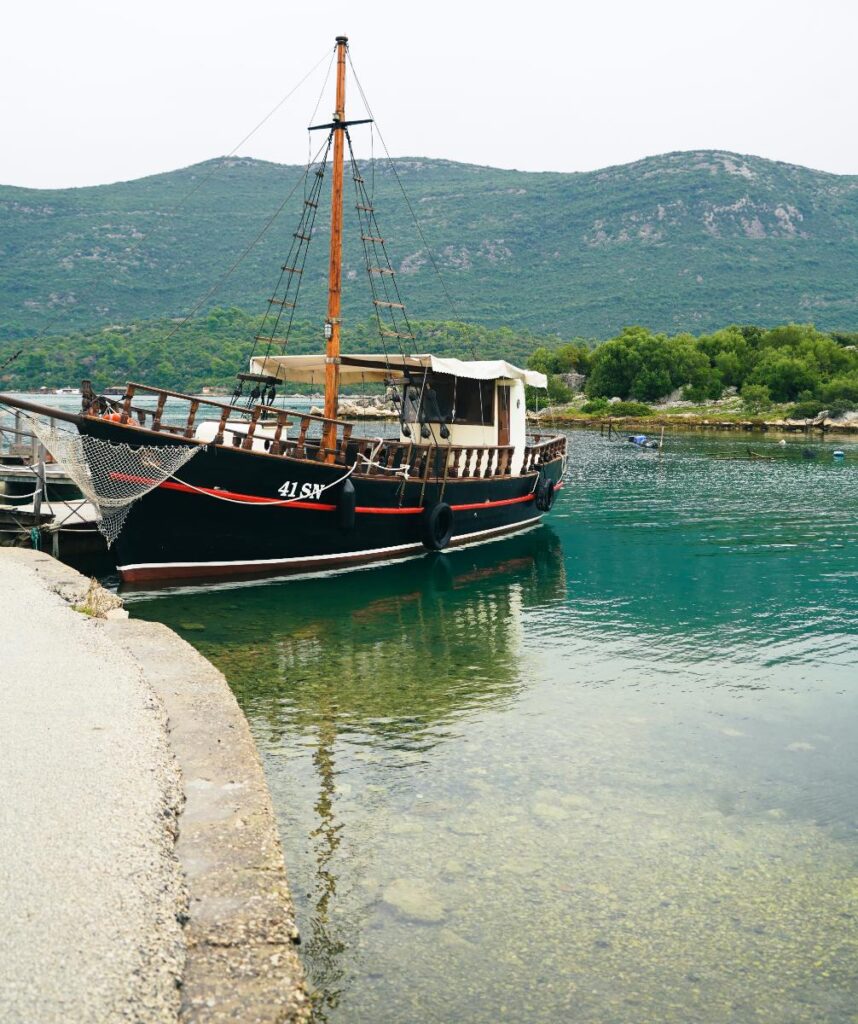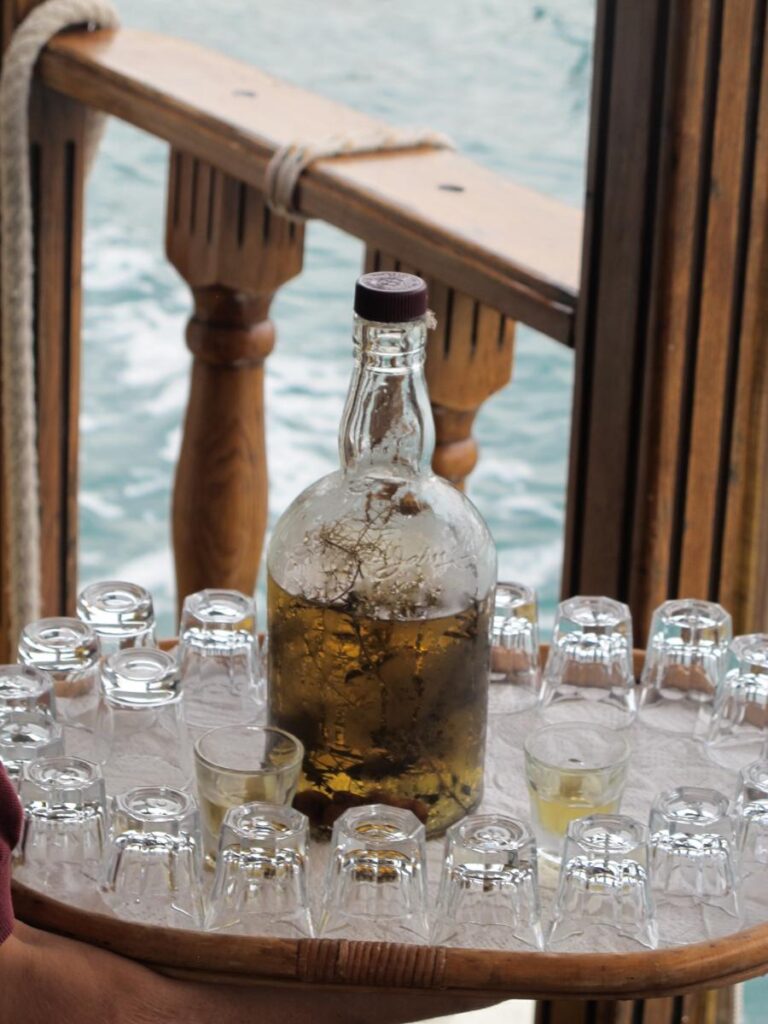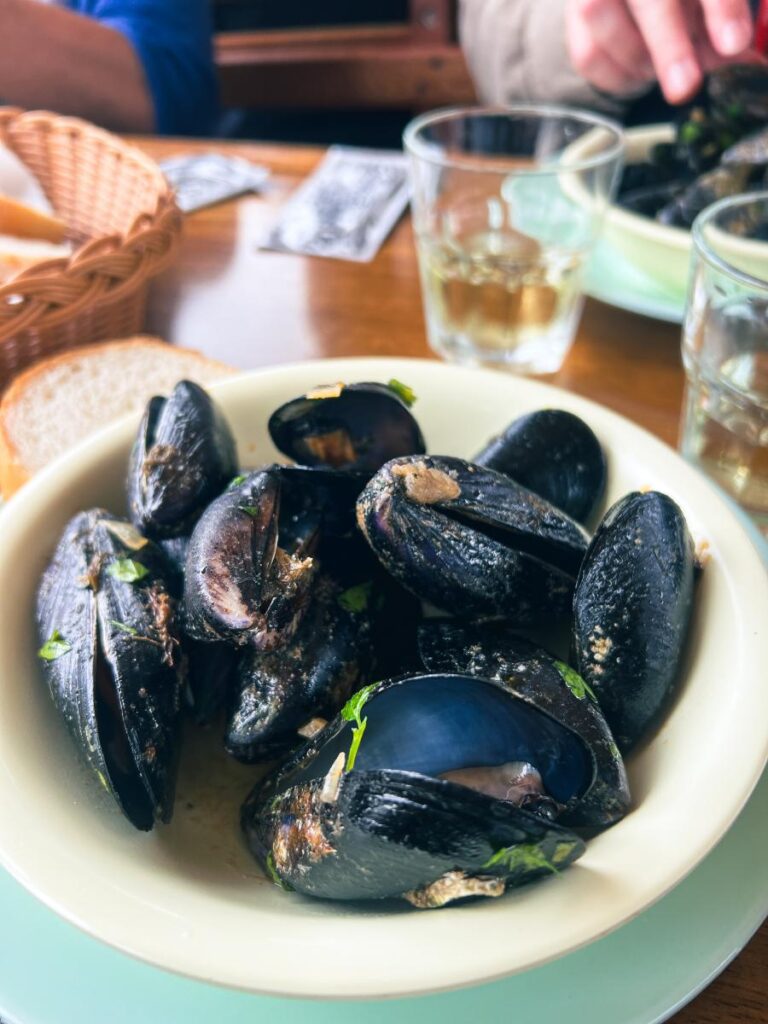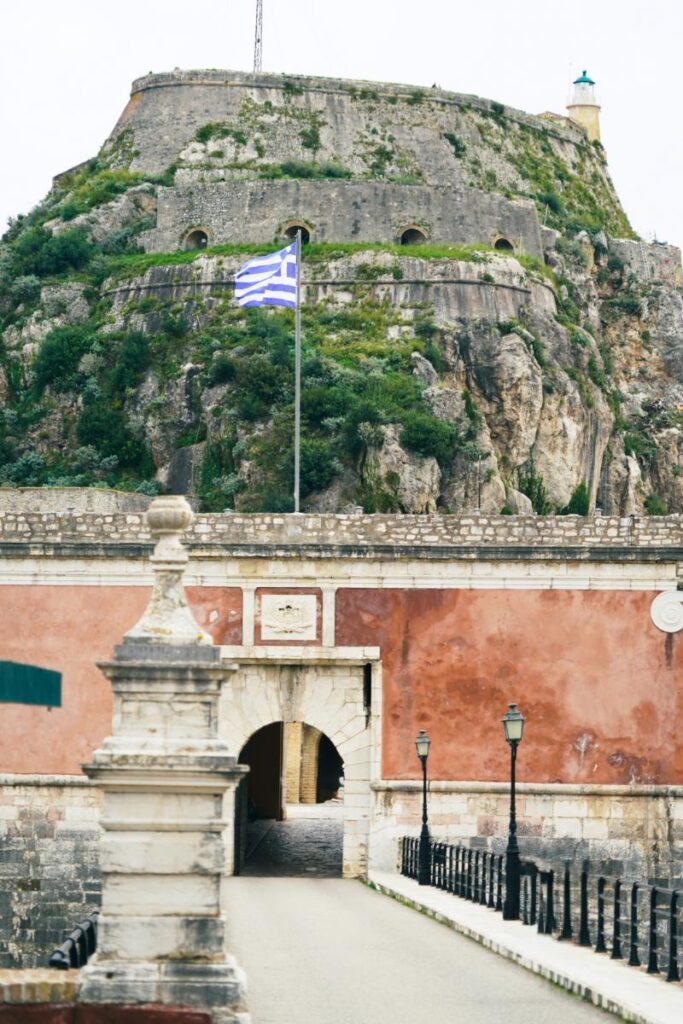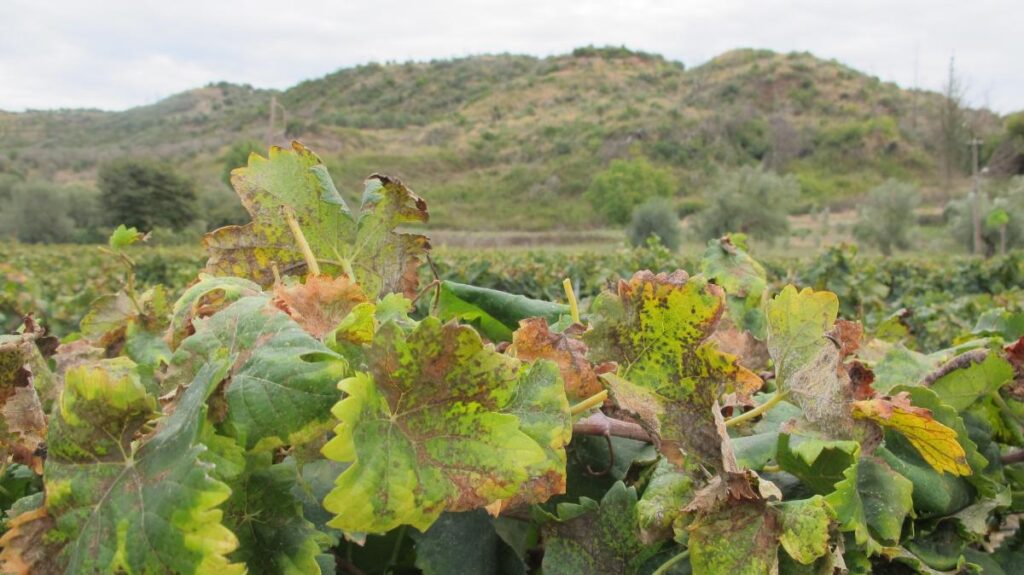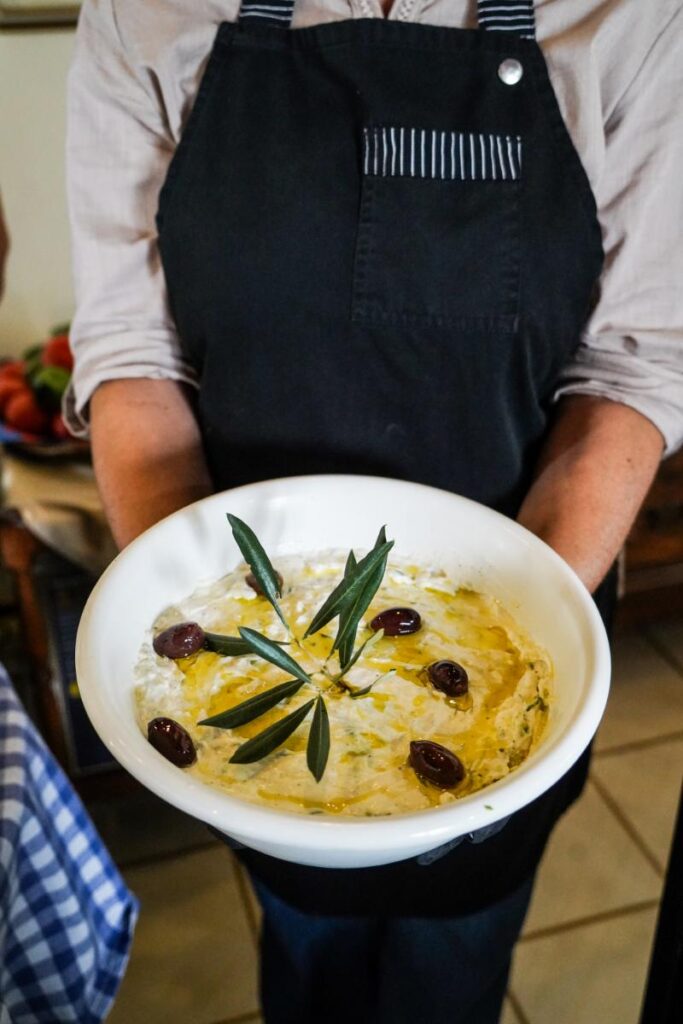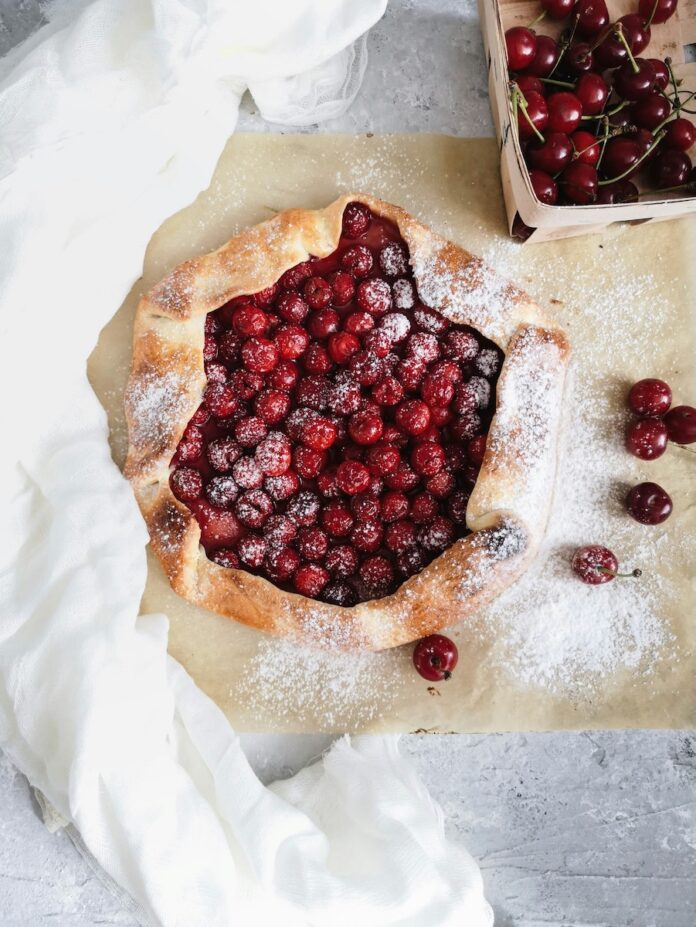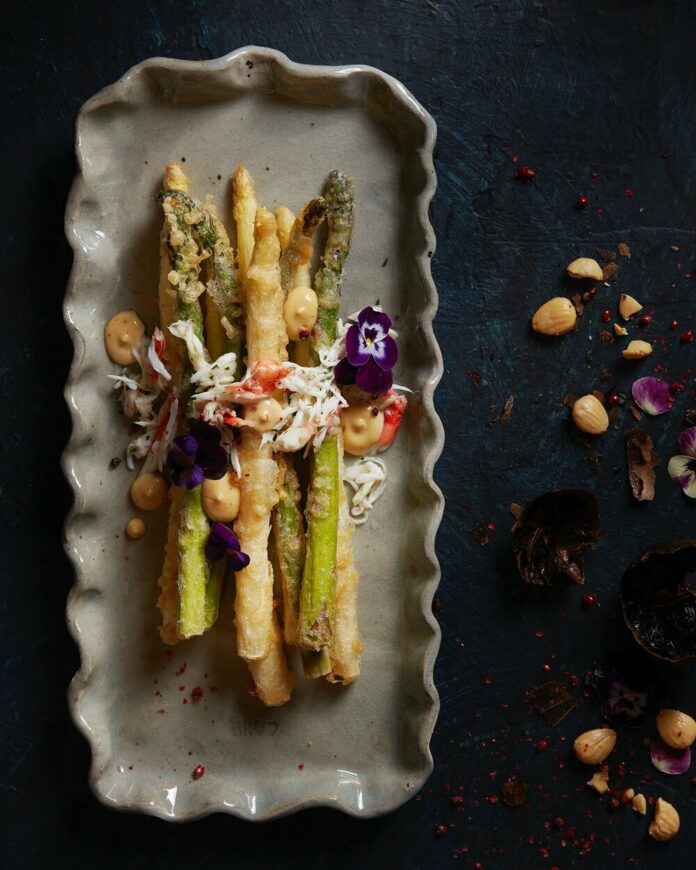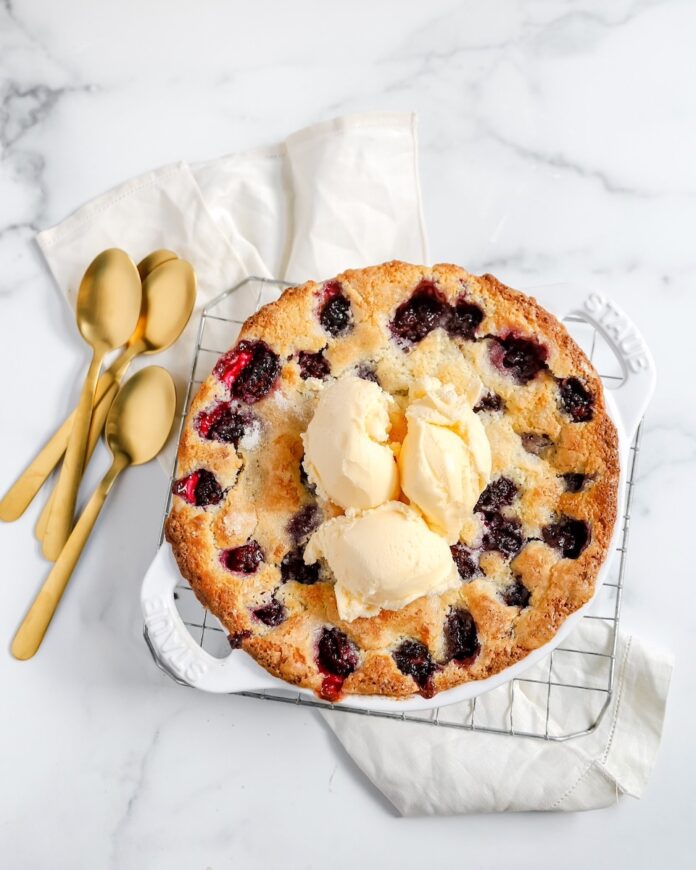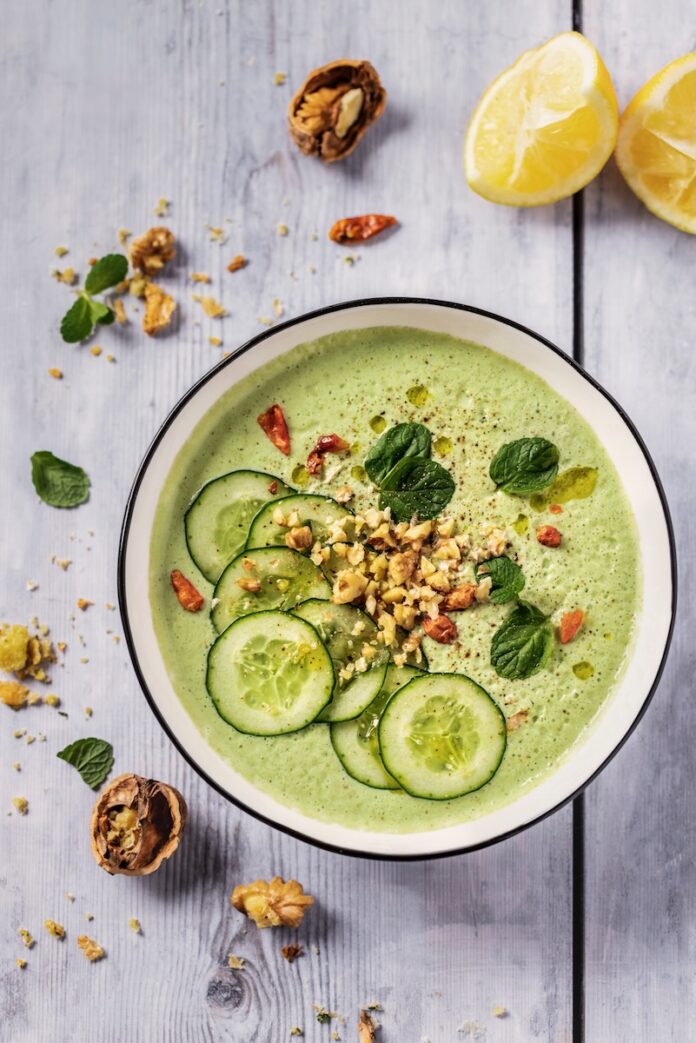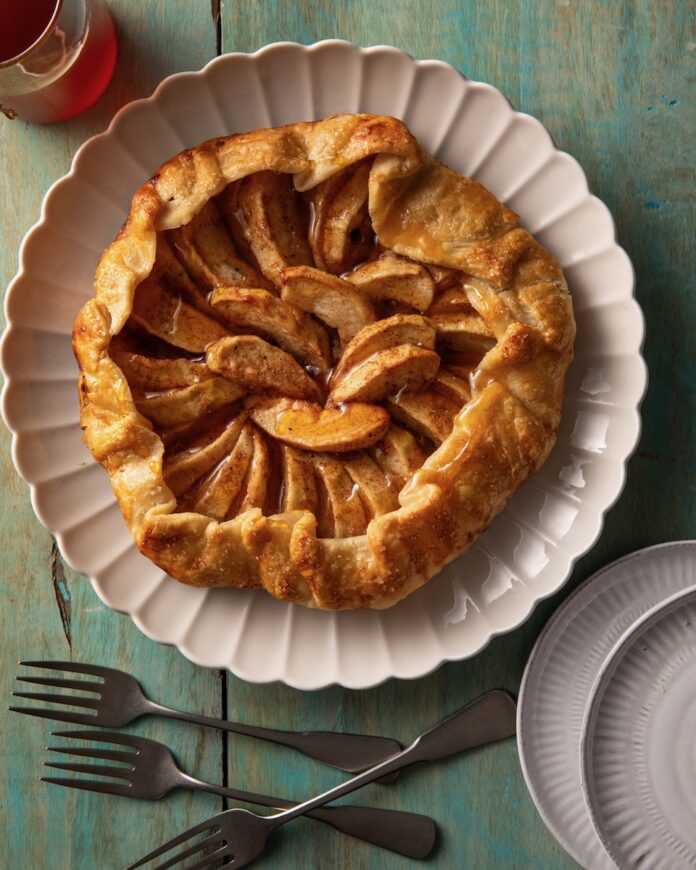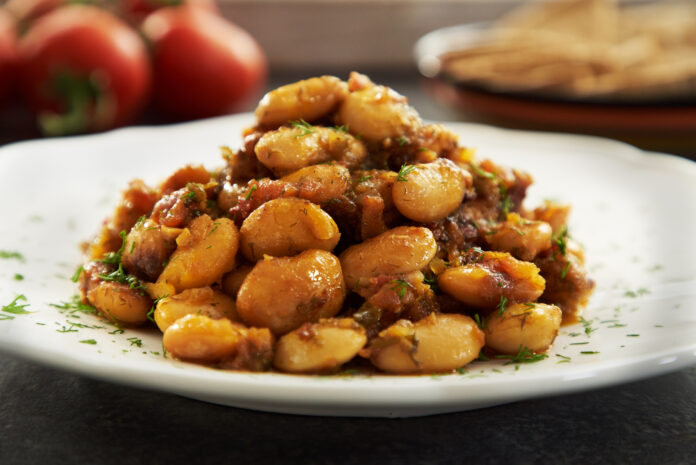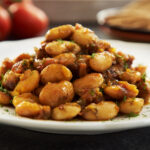Are you craving a moment of silence? A chance to think your own thoughts? Being alone in the world by choice is increasingly popular. Take a solitary walk in the woods with TABLE’s Guest Editor, Stephen Treffinger to these single occupancy cabins.
Be One With Yourself at These Single Occupancy Cabins for Traveling Alone
If you find yourself wanting to spend more time alone, you are definitely not alone. Articles about being apart from other human beings — the causes, the how-tos, etc. — appear to be multiplying exponentially. Recently, The New York Times published an article about the difficulties of dining alone, Afar followed suit with one about the joys of taking a solo trip as an older adult, and Forbes discussed one of the world’s most remote luxury lodges.
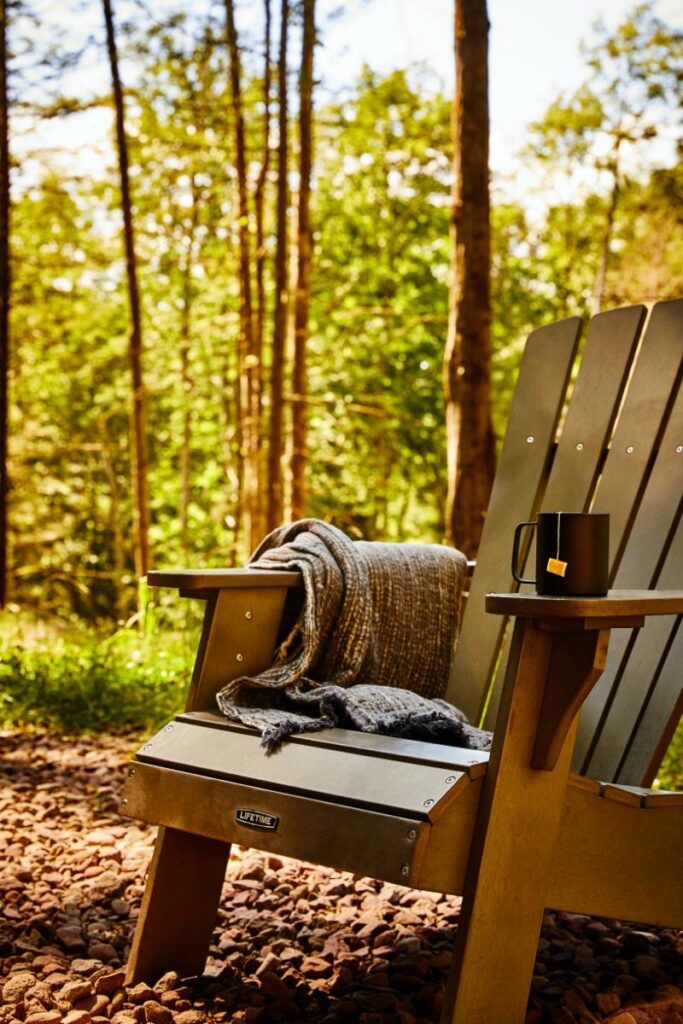
In February, the Atlantic published an extensive piece, The Anti-Social Century, examining the causes and effects of alone time and how it’s changing everything from personalities to perceptions of reality. The pandemic, of course, put people on the path, but many stayed there. Solo dining, for instance, has increased by 29 percent in the last two years. People are spending less time, in general, with other people.

For decades the automobile and the TV were to blame, allowing people to live further apart and to be entertained at home instead of going out in groups. Now it’s social media and smart phones, of course. Even teens are now spending far less time together than they did 40 years ago, girls even less time than boys.
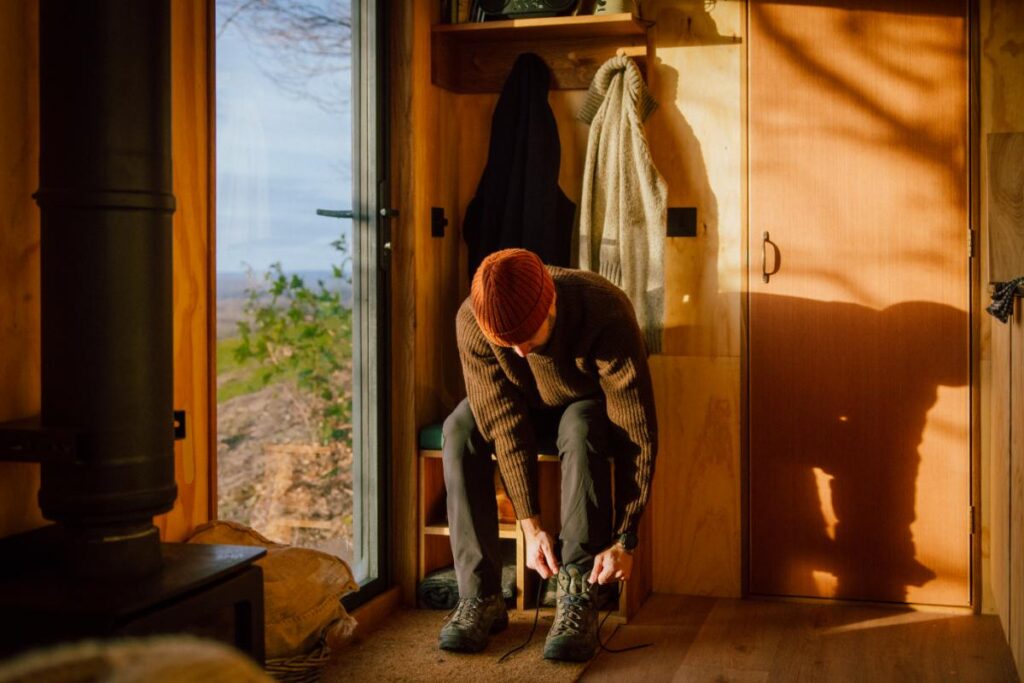
On the downside, too much time spent solo can affect brain development in younger people. It can cause loneliness in anyone — very different from being alone, a real concern, especially in older individuals. On the upside, being without others allows you to develop your own interests, decompress from stress, and learn more about yourself without all the noise.
Where to Travel by Yourself
The illusion of being alone is fairly easy if you’re in the luxury market — think huts out on the water in Bora Bora, a private luxury treehouse in South Africa, an upscale tent in India. There are also remote places in countries where tourism is a click or two lower — Albania, Cambodia, and the Stans (aka the republics of Central Asia), to name a handful.
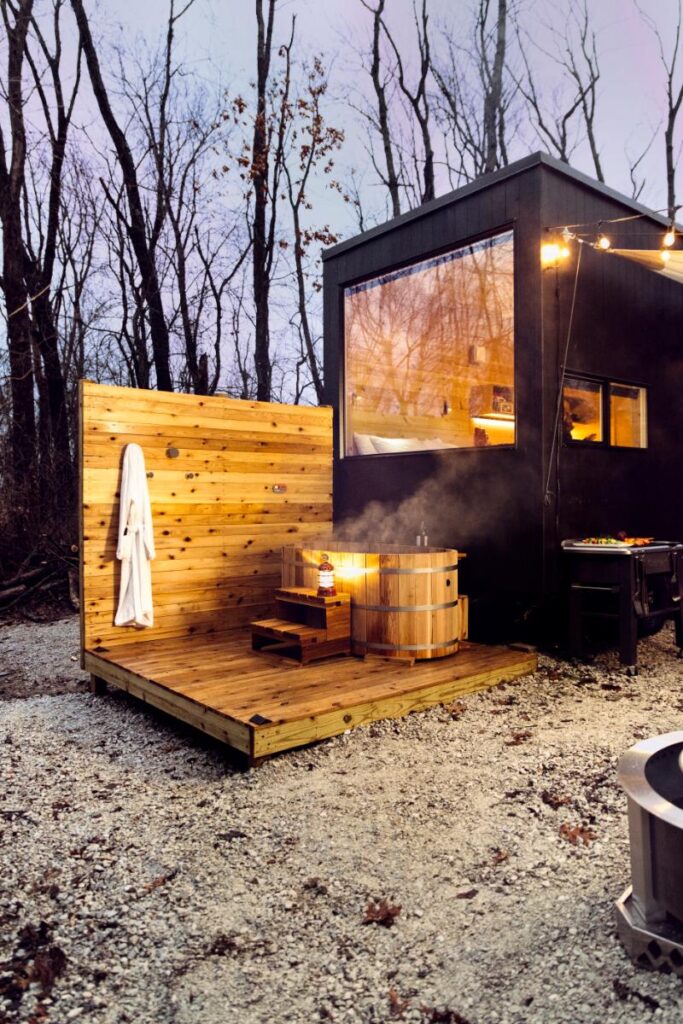
But escaping needn’t be so complicated or so costly. There are companies that offer small, efficiently designed huts you can stay in by yourself (or with carefully selected others). Often in secluded wooded areas, they are nonetheless reachable without a helicopter or security detail.

Adventuring Into the Woods
Unyoked is a company that serves Australia, New Zealand, and the UK, offering over 100 cabins that are specifically designed to help people get out in nature more often, to slow down, and to immerse themselves somewhere unique and secluded. You can choose how far of a hike from your car you’d like and how isolated you’d like to be (called “spiciness levels”) and Unyoked offers research into how their particular experience works. There is a section about “The 3 Day Effect” which explains the cognitive and emotional benefits one can gain from 72 hours immersed in nature. Most cabins are large enough for two or more and would be quite roomy for one. There are often fire pits, picnic tables, and Adirondack chairs outside — and a shower. (No need to go feral and smelly just to get some me time.) Prices start at about $253/night.

And although they don’t take quite as psychological an approach, Postcard Cabins has small units throughout the US. While some will be in a group with other cabins, some are more remote. The idea is that you can be alone if you want to, or you can socialize more if that’s your scene. Prices begin at about $99/night.
Story by Stephen Treffinger
Subscribe to TABLE Magazine’s print edition.


